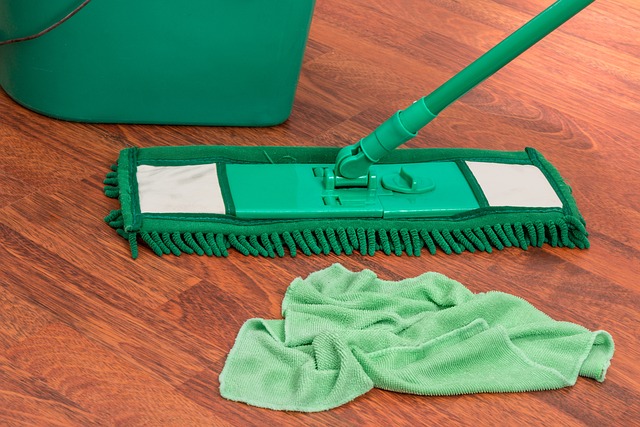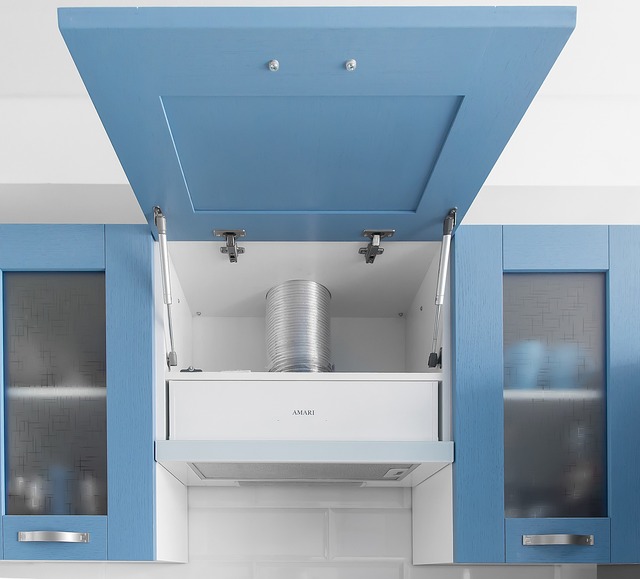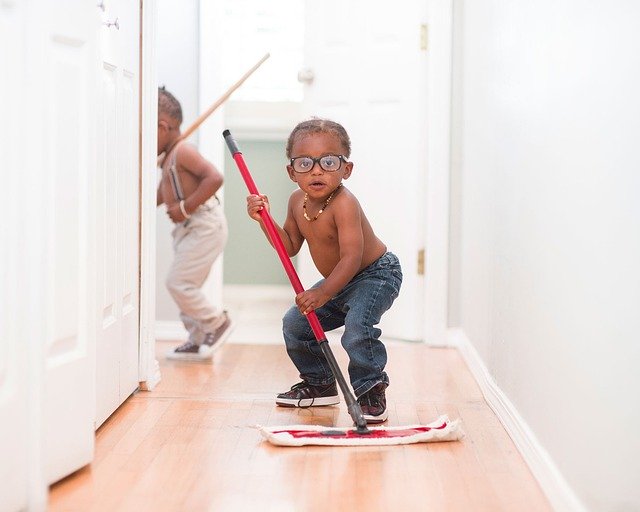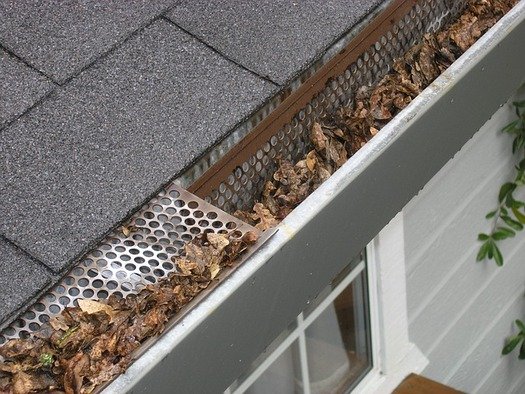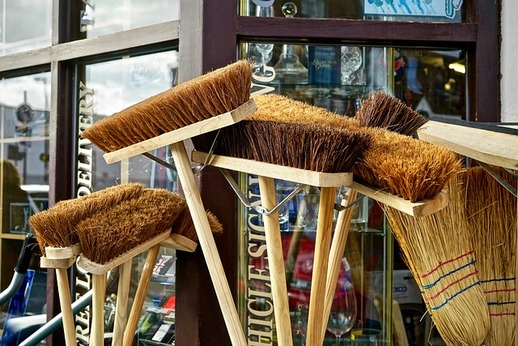Welcome to the world of underfoot luxury, where carpets and rugs weave warmth and style into the very fabric of your home. These cozy floor coverings aren’t just about stepping onto something soft; they’re about creating a haven of comfort and personal expression. Yet, as daily life happens – spills, foot traffic, and the occasional pet mishap – the need for reliable tips on cleaning and maintaining your carpets and rugs becomes undeniable. In this guide, we’ll journey through straightforward and effective strategies to ensure that your beloved floor coverings not only endure the wear and tear of daily life but also continue to elevate your living spaces.
The beauty of this guide lies in its simplicity. No need for complex cleaning rituals or expensive solutions – just practical advice that anyone can seamlessly incorporate into their routine. From the basics of regular vacuuming to understanding the specific needs of different fabrics, we’ll explore the fundamentals of carpet and rug care. Whether you’re dealing with stubborn stains, contemplating a deep clean, or seeking preventive measures against wear, our tips are designed to empower you with the knowledge needed to maintain your carpets and rugs effortlessly.
Think of this guide as your go-to companion for navigating the common challenges that carpets and rugs face. Whether you’re a seasoned homeowner or new to the world of interior decor, our aim is to demystify the process, making it accessible to all. So, let’s embark on a journey to unlock the secrets of a well-maintained carpet and rug collection, where simplicity meets effectiveness, and the beauty of your home remains steadfast underfoot.
What to Know About Your Carpets and Rugs
Know Your Fabrics
Understanding the composition of your carpets and rugs is the first step towards effective cleaning and maintenance. Different materials, such as wool, synthetic fibers, or blends, require specific care routines. Check the manufacturer’s guidelines or labels for valuable information on the recommended cleaning methods and potential limitations of your floor coverings.
Identify High-Traffic Areas
High-traffic areas, like hallways and living rooms, often bear the brunt of daily activities, leading to faster wear and tear. Identify these areas and implement preventive measures, such as using rugs or runners, to minimize direct contact with the carpet. Regular cleaning and strategic placement of furniture can also distribute wear more evenly, extending the life of your carpets and rugs.
Invest in Quality Padding
The right padding beneath your carpets and rugs not only enhances comfort but also provides a protective barrier against wear. Quality padding acts as a shock absorber, preventing the stress of foot traffic from directly impacting the carpet fibers. Additionally, it helps prevent slipping and wrinkling, maintaining the aesthetic appeal of your floor coverings.
Daily Cleaning Practices
Regular Vacuuming
The cornerstone of carpet maintenance is regular vacuuming. Aim to vacuum high-traffic areas at least twice a week and less frequented spaces once a week. Use a vacuum cleaner equipped with a rotating brush or beater bar to effectively lift dirt and debris from the carpet fibers. Don’t forget to clean the vacuum filter regularly for optimal performance.
Mind the Edges and Corners
Edges and corners often accumulate dust and debris that standard vacuuming may miss. Use the crevice tool or edge-cleaning attachment that comes with your vacuum cleaner to target these neglected areas. By paying attention to the peripheries, you prevent the gradual buildup of dirt that can lead to premature wear.
Rotate Furniture
Furniture can leave indents on carpets over time, especially in high-traffic areas. To prevent these impressions, periodically rotate your furniture. This simple practice ensures that the weight and pressure are distributed evenly across the carpet, preventing specific spots from bearing the brunt of daily activities.
Stain Removal Techniques
Act Quickly
The key to successful stain removal is acting promptly. As soon as a spill occurs, grab a clean cloth or paper towel and blot the stain gently. Avoid rubbing, as this can push the stain deeper into the fibers. For solid substances, like pet accidents, use a spoon or spatula to scoop up as much as possible before treating the area.
Homemade Stain Solutions
Homemade cleaning solutions can be highly effective for tackling common stains. For example, a mixture of equal parts white vinegar and water works wonders on coffee and red wine stains. Baking soda can help absorb moisture and neutralize odors. Always test any cleaning solution in an inconspicuous area before applying it to the stained spot.
Invest in a Quality Carpet Stain Remover
Having a reputable carpet stain remover on hand is a wise investment. Choose a product that is suitable for your carpet type and follow the manufacturer’s instructions. Before using any commercial stain remover, test it in an inconspicuous area to ensure compatibility with your carpet’s fibers and colors.
Deep Cleaning Strategies
Steam Cleaning
Periodic deep cleaning is essential for removing embedded dirt and revitalizing carpet fibers. Steam cleaning, also known as hot water extraction, is a highly effective method. Rent a steam cleaner or hire a professional service to ensure thorough cleaning. Be sure to allow ample drying time before returning furniture or walking on the carpet.
Professional Cleaning Services
While regular vacuuming and DIY cleaning are integral components of carpet maintenance, enlisting the services of a professional carpet cleaner is a wise investment. Professionals have the expertise, specialized equipment, and cleaning solutions to tackle deep-seated dirt and stubborn stains. Aim to schedule professional cleaning at least once a year, or more frequently for high-traffic areas.
Protection Against Fading and Wear
Use Rugs in Sunlit Areas
Prolonged exposure to sunlight can cause fading in carpets and rugs. To mitigate this, strategically place rugs in sunlit areas to act as a barrier. Consider rotating your rugs periodically to ensure even exposure and prevent specific areas from fading faster than others.
Implement a No-Shoes Policy
One of the simplest yet most effective ways to protect carpets and rugs is to implement a no-shoes policy indoors. Designate an area near the entrance for shoes or provide slippers for guests. This prevents dirt, gravel, and outdoor contaminants from being tracked onto your carpets, minimizing the risk of abrasion and discoloration.
Trimming Loose Fibers
Over time, carpets may develop loose fibers, especially in areas with heavy foot traffic. Use scissors to carefully trim these loose fibers, preventing them from unraveling and potentially causing further damage. Exercise caution to avoid cutting the carpet’s foundation.
Addressing Pet-Related Challenges
Regular Grooming for Pets
If you have pets, regular grooming can significantly reduce the amount of fur and dander that ends up on your carpets. Brushing your pets outdoors, especially during shedding seasons, helps minimize the accumulation of loose hair inside your home.
Prompt Cleanup of Accidents
Accidents happen, and when they involve pets, prompt cleanup is crucial. Blot the affected area with paper towels, then use a pet-friendly stain remover or a mixture of white vinegar and water to neutralize odors. For persistent odors, consider using enzymatic cleaners designed specifically for pet-related stains.
Protective Coatings for High-Risk Areas
Consider applying protective coatings to high-risk areas where pets frequently roam. These coatings can create a barrier that makes it easier to clean up accidents and prevents them from penetrating deep into the carpet fibers.
Eco-Friendly Cleaning Options
Baking Soda for Odor Removal
Baking soda is a versatile and eco-friendly option for neutralizing odors in carpets. Simply sprinkle baking soda liberally over the carpet and let it sit for a few hours or overnight. Vacuum thoroughly to remove the baking soda along with the absorbed odors.
Vinegar and Water for Stain Removal
A mixture of white vinegar and water is a powerful yet environmentally friendly solution for stain removal. Combine equal parts vinegar and water, apply the mixture to the stain, and blot with a clean cloth. Follow up with a water rinse to remove any residual vinegar.
Natural Fiber Rugs
Opting for natural fiber rugs, such as wool or cotton, is an eco-conscious choice. These materials are biodegradable and renewable, making them more environmentally friendly than synthetic alternatives. Natural fiber rugs also tend to be more resistant to staining and odors.
Conclusion
Caring for carpets and rugs is not just about preserving their aesthetic appeal; it’s about prolonging their lifespan and enhancing the overall well-being of your living spaces. From daily practices like regular vacuuming to strategic stain removal techniques and deep cleaning strategies, each tip in this comprehensive guide serves as a building block for maintaining the beauty and functionality of your floor coverings. Whether you’re addressing pet-related challenges, preventing fading, or exploring eco-friendly cleaning options, the key is consistency and a proactive approach to care. By integrating these simple yet effective tips into your cleaning routine, you’ll not only enjoy the longevity of your carpets and rugs but also bask in the inviting atmosphere they bring to your home.









